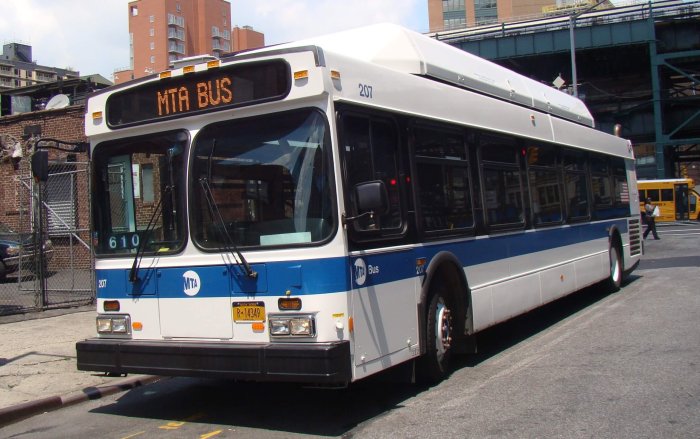By Gary Buiso
The single largest landowner in Red Hook did nothing wrong by criticizing and then voting against a residential housing project on a lot standing adjacent to property he owns, he recently told this paper. Developer Greg O’Connell, a member of Community Board 6, said his ownership of nearby property—which he did not publicly disclose at the board’s general meeting—had no bearing on his vote to disallow the conversion of a vacant lot at 146 Conover Street into a four-story building. Community Board 6 last week followed O’Connell’s lead, and voted to disapprove lot-owner John Pellegrino’s request, 18-9-2. While the board’s vote is simply advisory, it is considered by the city’s Board of Standards and Appeals, the city panel with official say on the conversion. “I don’t think it made a difference,” O’Connell said. As reported here last week, Pellegrino said O’Connell’s comments were, “all for his own advantage and profitability.” O’Connell, who has been buying up properties in Red Hook for the past few decades, is listed as the owner of 144 Conover Street, a residential building. O’Connell’s company, Pier 41 Associates is listed along with Thomas Hoover Jr., as owners of 148 Conover Street, a vacant, formerly residential building, according to city records. The two buildings sandwich Pellegrino’s 25-foot lot. O’Connell failed to mention his ownership of either property to the community board. “A conflict of interest does not exist,” O’Connell said. “There’s no benefit for me on this decision.” The chair of the community board, Jerry Armer, asked about the issue again this week, said he had no knowledge O’Connell owned either building. Armer did say he knew Hoover, but not about any business relationship Hoover may have with O’Connell or his ownership of 148 Conover. Moreover, Armer said, “If he goes residential then he’d be making more money, so I’m not sure he [O’Connell] voted in his own best interests.” According to the city’s Conflicts of Interest Board, “A community board member is specifically permitted to have an interest in a firm which may be affected by an action on a matter before the community board, but the member should disclose the interest to his or her board.” Armer told this paper last week that O’Connell “probably should have declared his ownership.” The Conflicts of Interest Board states, “A community board member may not, however, vote on any matter before his or her community board which could result in a personal and direct economic gain to the community board member which could result in a personal and direct economic gain to the community board member or to anyone associated with the community board member. John McGettrick, the co-president of the Red Hook Civic Association, said O’Connell tenure on the community board, where he also sits as chair of the Waterfront Development Committee, should end, soon. “Because of the blatant violation of the city’s ethics provisions, Mr. O’Connell should be removed from the community board and all prior board decisions involving O’Connell either directly or indirectly should be fully investigated.” At one time, McGettrick was the executive director of the New York City Charter Implementation Committee, that oversaw the creation of many aspects of the current community boards. Craig Hammerman, the district manager of the community board said the subject of the vote was 146 Conover, “and no one declared a conflict of interest.” “The rule of thumb we work off of is that unless someone will see some direct financial gain—that is, money in their pocket—then it doesn’t rise to the level of being a conflict,” he said. “Who’s to say whether the property next door would be affected directly or not?” Hammerman continued. “Just because you own a property around the block or next door, doesn’t mean the actual financial result is direct.” O’Connell said that if that were purely motivated by greed, he would simply convert his vacant property to condominiums, which he said he did not intend to do. Instead, he said, he’s interested in a ground floor business with offices on the floors above. With skyrocketing real estate prices, O’Connell said, industrial businesses are forced to compete. “Very honestly, there is a balance that needs to be established,” he said. He said he sold property now being developed by the Fifth Avenue Committee into a mix of affordable housing and market rate units precisely for this reason: “I wanted residential” developed at these sites. “What I try and do is look at a balance of what works and where,” he said. “This is why the city is establishing IBZ zones, so you don’t have conflict,” he said, referring to the mayor’s proposed Industrial Business Zone, an initiative that seeks to retain the industrial sector. While “real residential development,” is happening on Van Brunt Street, on Wolcott Street and elsewhere in the interior of Red Hook, O’Connell’s vision is that the outer region of the neighborhood he owns much of should remain industrial. “I’m a balanced businessperson who believes in the community,” he said.


































